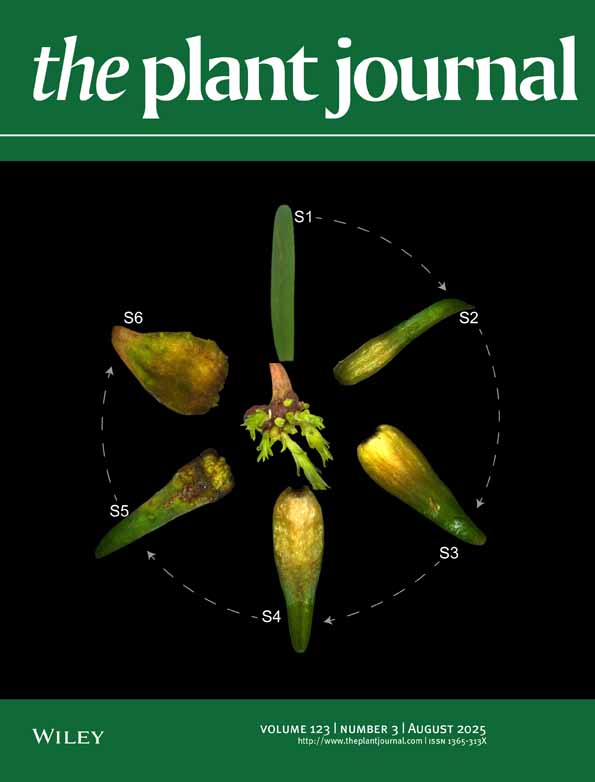Re-evaluation of the role of a transmitting tract-specific glycoprotein on pollen tube growth
Summary
It has been proposed that a stylar glycoprotein, the transmitting tissue-specific (TTS) protein isolated from Nicotiana tabacum, serves both as a growth stimulant, by providing a source of nutrients, and as an attractant for pollen tubes during their growth through the style. Working with a galactose-rich style glycoprotein (GaRSGP) that is the N. alata homologue (97% homology) of the TTS protein, a series of experiments, similar to those done with the TTS protein, was performed. Evidence was found for inhibition of pollen tube growth at high concentrations, but no evidence was found for stimulation of growth at concentrations up to 2 mg ml–1. No effect as a pollen tube attractant was detected. The discrepancies in the features and functionality between these homologous glycoproteins in the closely related Nicotiana species warrants further investigation before a general function is assigned to these molecules.




